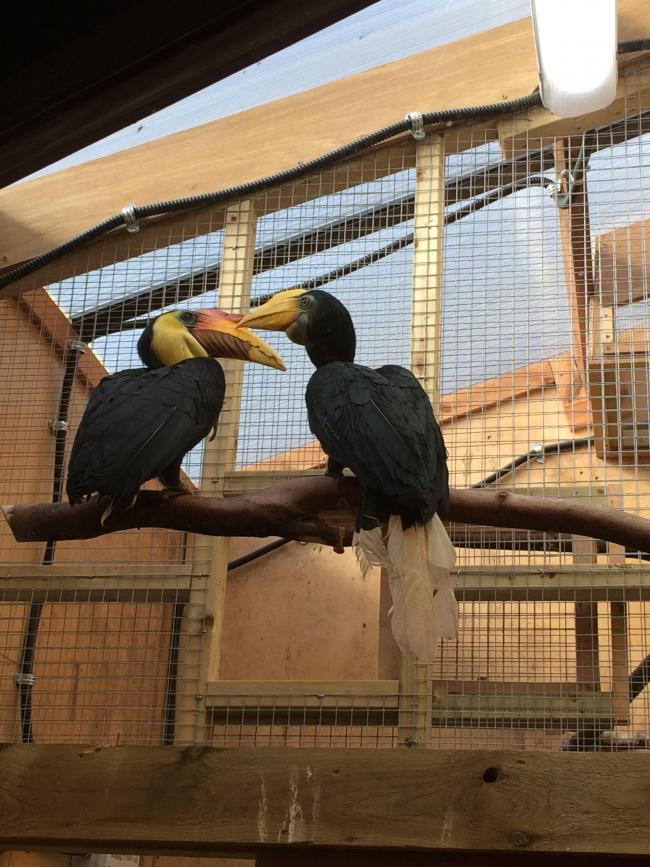Mike Addison
A METICULOUS project to identify and catalogue every single specimen of bird at a South Lakeland museum has been completed after almost 10 years.
All 1,681 specimens of the impressive bird collection at the World Wildlife Gallery in Kendal Museum have been catalogued for the first time with help from Museum and Gallery Skills students, staff and volunteers.
The work has highlighted the existence of some extremely rare, critically endangered and extinct birds from all over the world in a collection that boasts 717 different species.
Much of the collection dates from the 19th century and Kendal Museum is now working to refurbish the gallery to make it possible for every single specimen to be on public display.
“This is really quite a remarkable feat," said museum curator Carol Davies. "It’s been 10 years of work and now we’ve got this incredible scientific record at the museum, which is unique in the UK.
A METICULOUS project to identify and catalogue every single specimen of bird at a South Lakeland museum has been completed after almost 10 years.
All 1,681 specimens of the impressive bird collection at the World Wildlife Gallery in Kendal Museum have been catalogued for the first time with help from Museum and Gallery Skills students, staff and volunteers.
The work has highlighted the existence of some extremely rare, critically endangered and extinct birds from all over the world in a collection that boasts 717 different species.
Much of the collection dates from the 19th century and Kendal Museum is now working to refurbish the gallery to make it possible for every single specimen to be on public display.
“This is really quite a remarkable feat," said museum curator Carol Davies. "It’s been 10 years of work and now we’ve got this incredible scientific record at the museum, which is unique in the UK.
